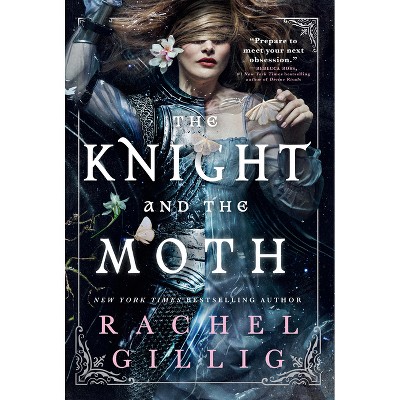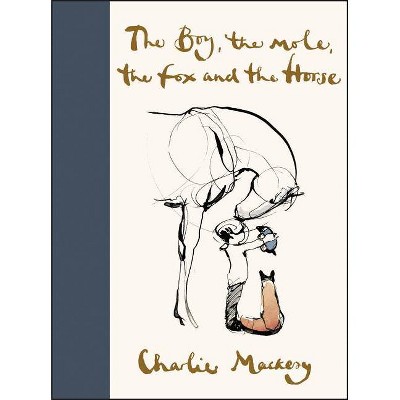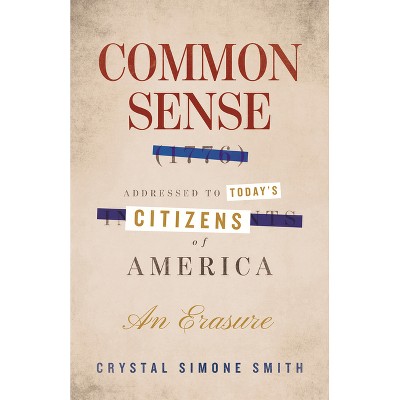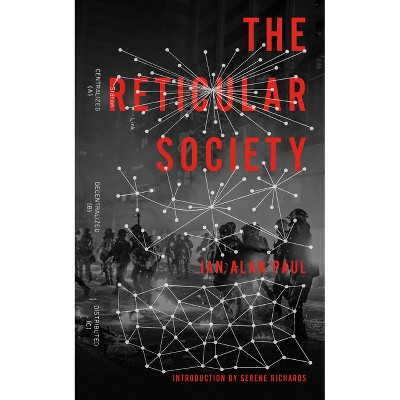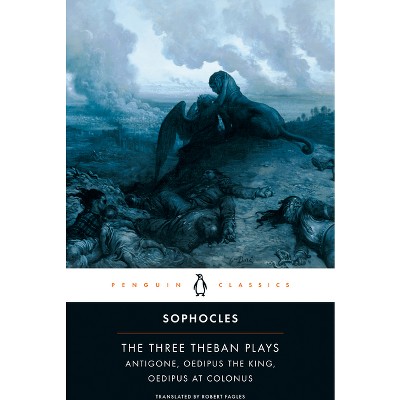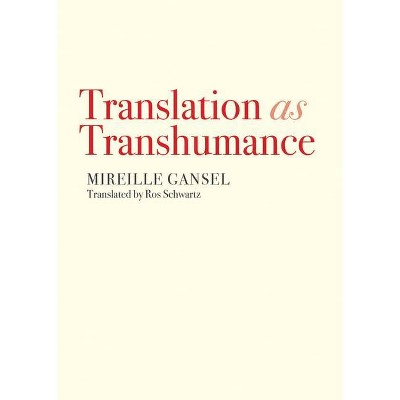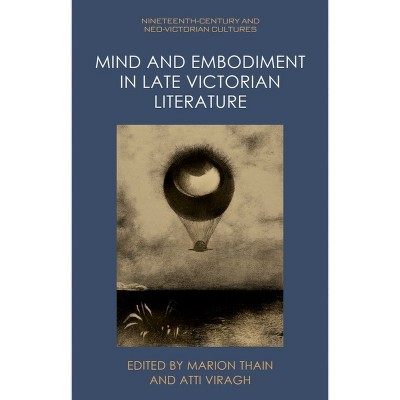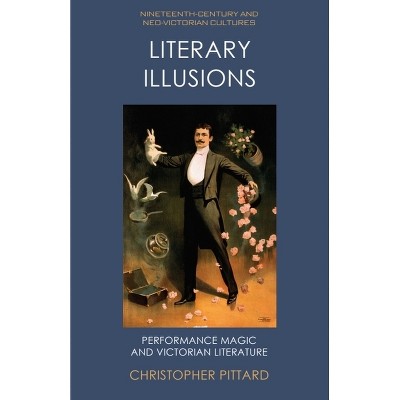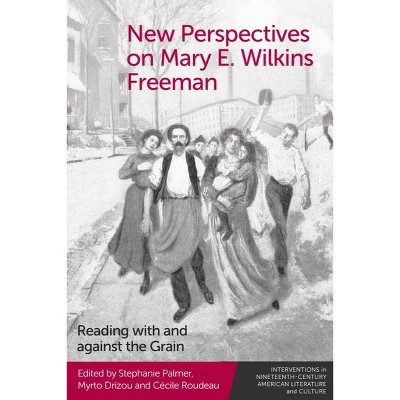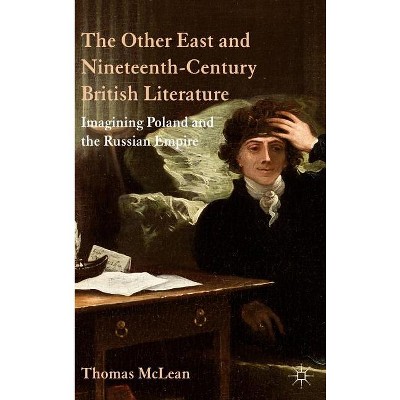Sponsored

British Writers, Popular Literature and New Media Innovation, 1820-45 - (Nineteenth-Century and Neo-Victorian Cultures) by Alexis Easley (Paperback)
Pre-order
Sponsored
About this item
Highlights
- The emergence of a mass reading public during the early decades of the nineteenth century sparked a period of creative innovation in the popular press.
- Author(s): Alexis Easley
- 336 Pages
- Literary Criticism, Modern
- Series Name: Nineteenth-Century and Neo-Victorian Cultures
Description
About the Book
The first edited essay collection of its kind to focus on innovators and innovations in the mass-market press from 1820-45Book Synopsis
The emergence of a mass reading public during the early decades of the nineteenth century sparked a period of creative innovation in the popular press. This collection focuses on the early decades of the nineteenth century as a key period of innovation in the popular press. Steam printing, popular education campaigns, and new technologies of illustration led to new trends in book and periodical production.Review Quotes
Few edited volumes support a central idea as clearly as this one does. Read together, the twelve chapters flesh out the surprising modernity of the Age of Reform. Any SHARP members interested in the history of publishing, the development of the modern digital age, or the problems inherent in periodicity as a scholarly organizing function must read this volume.--Rebecca Nesvet, University of Wisconsin, Green Bay "SHARP News"
From penny bloods and religious tracts to weekly periodicals and humorous annuals filled with woodcut illustrations, these essays tell a compelling tale about how popular media forms grew and thrived. Offering an enlightening analysis of popular publishing, the contributors resituate the period as one that is essential to understanding not only nineteenth-century publishing, but also our own digital media environment.
--Jennifer Phegley, University of MissouriThis book explores innovations in the mass-market press--periodicals, newspapers, books--in the late Regency and early Victorian periods. Chapters focus on such topics as serial miscellanies, periodical portraits, memorials, comic annuals, environmental children's poetry, advertising, and periodical poetry. The author of each chapter presents a case study as a guide to possibilities of employing the vast fields of study. This work, with its high-quality illustrations and careful documentation, will be of interest to students of history and literature. The reader will gain valuable insights into the innovations sparked by the rapid increase in literacy and technological advances, such as the adaptation of steam power in printing. The comprehensive bibliography can serve as a guide to further research.
Summing Up: Highly recommended.--J. D. Vann, emeritus, University of North Texas "CHOICE"Shipping details
Return details
Frequently bought together

Trending Book Pre-Orders


